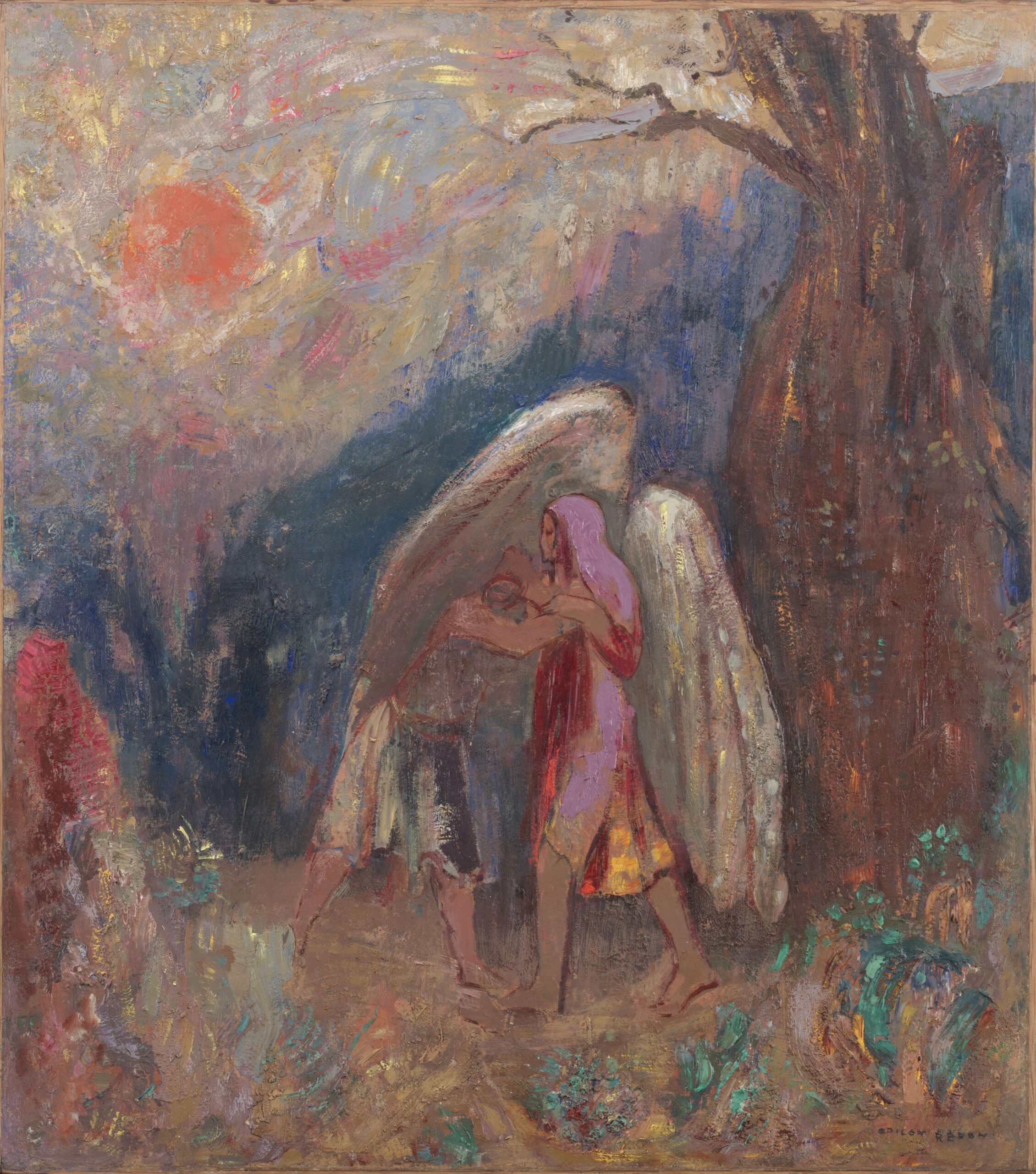
The Role of Archetypes in Romantic Relationships: A Jungian Perspective on Love and Loss
Love is one of the great mysteries and marvels of the human experience. It is a force that has inspired countless poems, songs, and stories throughout history, and that continues to shape our lives in profound and often unexpected ways.
At the same time, love is also a source of some of our deepest pain and struggle. When relationships fail, when hearts are broken, we are confronted with equally profound feelings of loss, grief, and sometimes even despair.
So what is it that makes romantic love so powerful, both in its capacity to uplift and to wound? One compelling perspective comes from the work of Swiss psychiatrist Carl Jung, who argued that our experiences of love and relationship are deeply influenced by archetypal patterns that reside in the collective unconscious.
What are Archetypes?
To understand Jung’s perspective on love, it’s helpful to first grasp his concept of archetypes. In Jungian psychology, archetypes are universal patterns or motifs that emerge from the collective unconscious and shape human experience. They are not specific images or characters, but rather primal forms that give rise to various images, symbols, and narratives across cultures and throughout history.
Some common archetypes include:
The Hero:
The courageous figure who goes on a quest, faces challenges, and triumphs over adversity.
The Mother:
The nurturing, life-giving presence who provides unconditional love and support.
The Wise Old Man:
The sage figure who offers guidance, knowledge, and insight.
The Trickster:
The mischievous, boundary-crossing figure who challenges norms and conventions.
According to Jung, these archetypes are not just abstract concepts, but powerful psychic energies that can take hold of us and shape our behavior, often without our conscious awareness. When we fall in love, for instance, we may find ourselves suddenly acting out timeless roles and scripts that have echoed through human hearts for millennia.
The Anima and Animus: Inner Masculine and Feminine
Two archetypes that Jung saw as particularly relevant to romantic love are the anima and animus. In Jung’s model of the psyche, the anima represents the inner feminine within the man, while the animus represents the inner masculine within the woman.
These inner figures are not simply gender stereotypes, but rather symbolic representations of qualities and potentials that transcend biological sex. The anima may embody traits like receptivity, creativity, and emotional connectedness, while the animus may represent assertiveness, rationality, and a drive for meaning.
Jung believed that in the first half of life, we typically repress or reject these inner opposites as we strive to conform to societal gender norms. A man may deny his sensitivity and vulnerability, while a woman may suppress her ambition and independence.
However, in the second half of life (or sometimes earlier if prompted by a crisis or awakening), Jung saw the integration of the anima/animus as crucial for psychological wholeness. By embracing and balancing these inner masculine and feminine qualities, we become more fully ourselves, more capable of authentic, reciprocal relationships.
Projection: Seeing the Divine in Human Form
So what does all this have to do with falling in love? In Jung’s view, when we fall in love, what we are really falling for is our own unconscious anima or animus projected onto another person. We see in our beloved not just who they are, but who we long to become in ourselves.
This is why the experience of falling in love can feel so magical, so transcendent. For a time, the beloved seems to embody all the qualities we have longed for, all the parts of ourselves we have denied or lost touch with. They are radiant, perfect, almost divine in our eyes.
Of course, this state of projection rarely lasts. Sooner or later, we start to see the real, flawed human behind the ideal image we have created. We may feel disillusioned, even betrayed, as if our beloved has somehow tricked us or let us down.
But from a Jungian perspective, this disillusionment is not a failure, but an opportunity. By withdrawing our projections, by seeing our partner more clearly and completely, we create the possibility for a more mature, conscious love. We can relate not just to our fantasy of the other, but to the full, complex reality of who they are.
Moreover, by reclaiming the projected gold of our own anima or animus, we become more whole and balanced in ourselves. We learn to find within us the qualities we have sought outside, to be for ourselves the lover and beloved we have longed for.
Love as a Path of Individuation
This brings us to perhaps the most profound aspect of Jung’s perspective on love: the idea that romantic relationships can be a crucial path of growth and self-realization, what Jung called individuation.
Individuation is the lifelong process of becoming more fully oneself, of integrating the conscious and unconscious aspects of the psyche into a more complete, authentic whole. It is a journey of self-discovery and self-creation, of learning to live out one’s unique destiny and purpose.
For Jung, love relationships are one of the great crucibles of individuation. They challenge us to confront our shadows, our projections, our deepest fears and longings. They mirror back to us parts of ourselves we may prefer not to see, and invite us to grow beyond our current limitations.
This is not to say that relationships are always easy or straightforward on the path of individuation. In fact, Jung saw conflict and struggle as inevitable and even necessary in the process of psychological growth. By rubbing up against each other’s rough edges, by triggering each other’s wounds and defenses, lovers provide the friction that can spur each other’s evolution.
The key, from a Jungian perspective, is to approach these struggles with consciousness and compassion. To be willing to look honestly at our own part in the dynamic, to take responsibility for our own healing and growth. To learn to communicate with care and respect, to set healthy boundaries, and to support each other’s individual unfolding.
When two people engage in this work together, when they commit to using their relationship as a vehicle for mutual awakening, the results can be truly transformative. They can experience a love that is not just a merging of two incomplete halves, but a dynamic, creative union of two whole, evolving beings.
Navigating the Labyrinth of Love and Loss
Of course, even the most conscious, individuated relationships are not immune to loss and endings. Whether through breakup, betrayal, or death, the experience of losing a beloved can be one of the most shattering a human heart can endure.
Here too, Jung’s perspective offers insight and perhaps some consolation. Just as falling in love often involves projecting our inner gold onto the beloved, grieving a lost love can be a process of withdrawing that gold, of reclaiming the lost parts of ourselves.
This is rarely a quick or painless process. It can feel like a kind of death in itself, a descent into the underworld of the psyche. We may need to confront layers of anger, guilt, despair, and agonizing longing. We may need to learn to nurture ourselves in all the ways we once sought from the beloved.
But if we can stay present to the journey, if we can trust in the wisdom of the psyche to heal and transform, even the darkest nights of heartbreak can lead to new dawns of self-discovery and resilience. We may emerge from the labyrinth of loss with a greater capacity for love, both for ourselves and for others.
Love as a Hero’s Journey
In the end, perhaps we could say that love is a kind of hero’s journey of the heart. It calls us forth from the ordinary world of our everyday lives and plunges us into a realm of magic, danger, and adventure. It forces us to confront our deepest fears and desires, to slay our dragons and rescue our inner captives.
Like any hero’s journey, the path of love is rarely straightforward. It is full of twists and turns, trials and temptations, helpers and hinderers along the way. It demands all our courage, all our wit and resourcefulness, all our capacity for faith and endurance.
But if we can stay true to the call, if we can learn to love with an open heart and a questing spirit, the rewards are beyond measure. We get to experience the ecstatic bliss of union, the soul-stretching growth of conflict, the heart-shattering initiation of loss. We get to become more fully human, more fully alive to the full spectrum of life’s beauty and sorrow.
This is the invitation and the challenge that romantic love offers us, from a Jungian perspective. To step into the grand drama of archetypes and individuation, to embrace both the light and shadow of our anima and animus, to heroically reclaim the treasure of our own wholeness.
May we all find the grace and grit to answer that call, to risk our hearts for the chance to truly live and love. For in the end, as Jung knew, love is not just an emotion or an experience, but a fundamental part of the human journey towards wholeness, meaning, and awakening.
Bibliography:
Bolen, J. S. (1984). Goddesses in everywoman: A new psychology of women. Harper & Row.
Bolen, J. S. (1989). Gods in everyman: A new psychology of men’s lives and loves. Harper & Row.
Johnson, R. A. (1983). We: Understanding the psychology of romantic love. Harper & Row.
Jung, C. G. (1966). Two essays on analytical psychology (2nd ed.). Princeton University Press.
Jung, C. G. (1969). The structure and dynamics of the psyche (2nd ed.). Princeton University Press.
Moore, R., & Gillette, D. (1991). King, warrior, magician, lover: Rediscovering the archetypes of the mature masculine. HarperSanFrancisco.
Schwartz-Salant, N. (1998). The mystery of human relationship: Alchemy and the transformation of the self. Routledge.
Woodman, M. (1993). Conscious femininity: Interviews with Marion Woodman. Inner City Books.



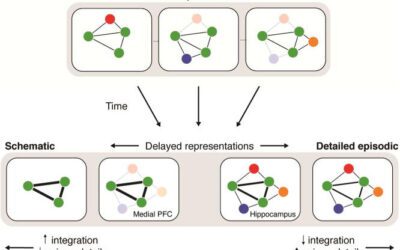
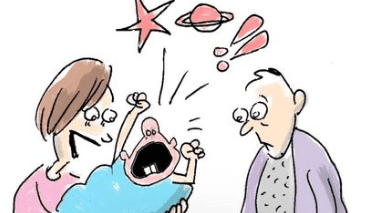
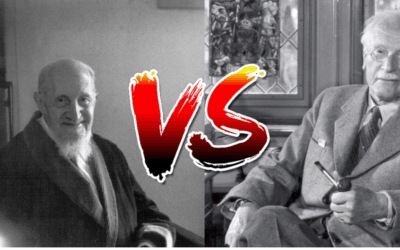
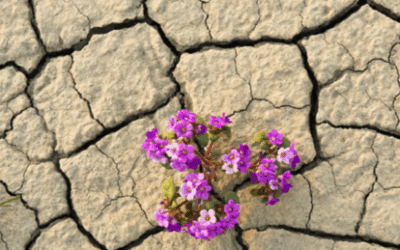
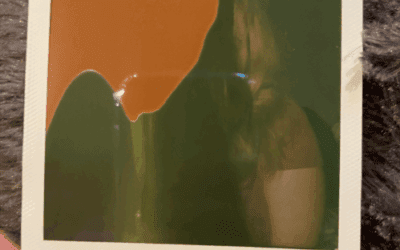
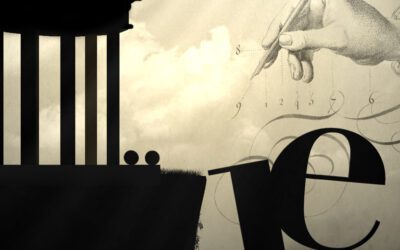

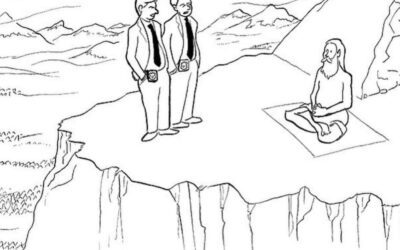
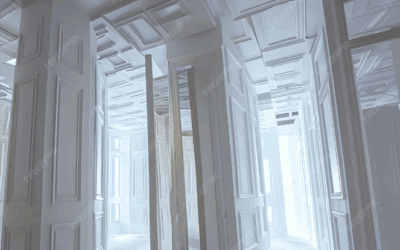
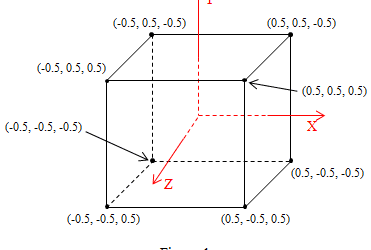

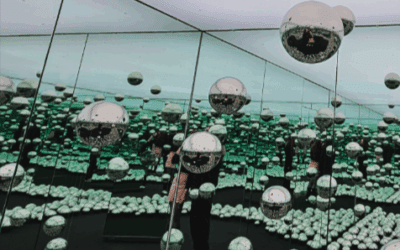
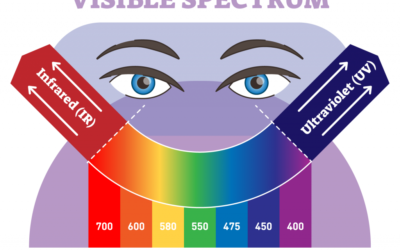



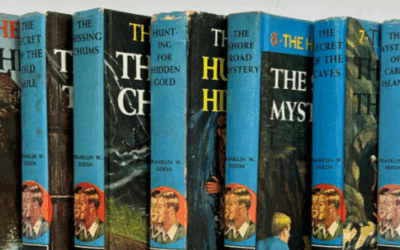
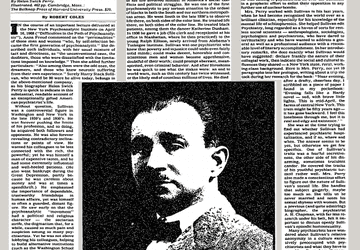
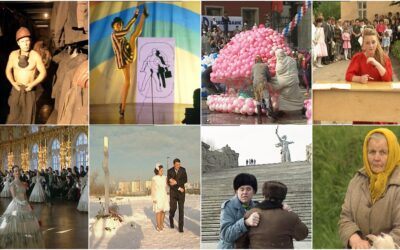
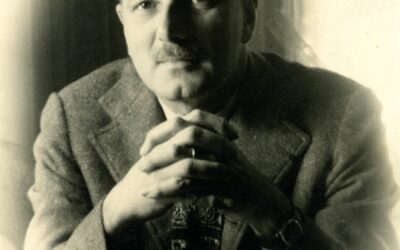

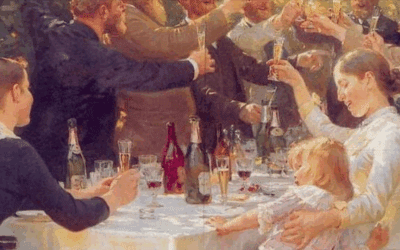
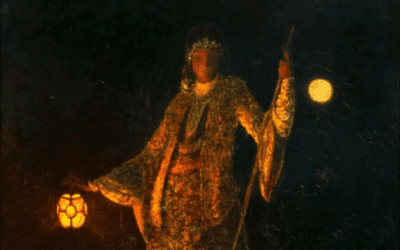
0 Comments